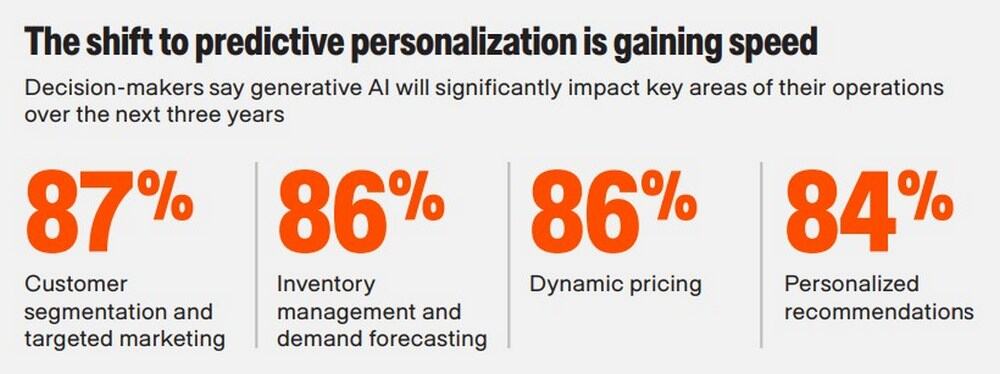The 18th Annual Global Shopper Study highlights a growing reliance on automation and AI to tackle issues such as inventory shrinkage and declining customer satisfaction. The study reveals that more than 80% of retailers in the Asia-Pacific (APAC) region regard generative artificial intelligence (Gen AI) as a vital tool for enhancing loss prevention strategies.
The findings indicate that shopper satisfaction has fallen for the second consecutive year, with global satisfaction rates of 79% for in-store shopping and 73% for online experiences. This downturn contrasts sharply with peak levels of 85% and 81%, respectively, reported in 2023, suggesting a need for retailers to enhance the shopper experience.

“As retail continues to evolve, businesses that adapt quickly and integrate both physical and digital experiences will thrive,” remarked Christanto Suryadarma, vice president for Southeast Asia at Zebra Technologies. Retailers are turning to AI and automation to create personalised shopping journeys that meet the modern consumer's expectations.
The study also points to a shift in shopper priorities, with 78% of consumers globally indicating a preference for discounts and promotions amidst prevailing inflation concerns. At the same time, shoppers express frustration over operational issues, such as out-of-stock items (68% globally) and insufficient self-checkout options (62% globally).

To address these challenges, retailers are increasingly aware of the critical role that technology plays in improving shopping experiences. The research found that 88% of retail associates encounter difficulties in obtaining timely information, a rise from 82% the previous year. Offering the right tools can mitigate these challenges, with 87% of associates feeling that effective technology enhances their job satisfaction and customer service capabilities.
Inventory management remains a key concern for retailers, as 52% of shoppers still leave stores without all desired items due to availability issues. Acknowledging this, 84% of global decision-makers prioritise real-time inventory synchronisation. Many plan to implement advanced technologies, including computer vision and RFID, alongside Gen AI, to improve inventory visibility and reduce shrinkage.
The financial implications of better inventory management are significant. Research indicates retailers can achieve notable increases in revenue through workflow enhancements. Optimising inventory processes has emerged as a leading strategy for boosting both online and in-store sales.

“Today’s consumers seek not just products but an engaging and seamless shopping experience,” stated George Pepes, APAC vertical solutions lead for retail at Zebra Technologies. The study underscores the pressing need for retailers to adapt and invest in technology to meet evolving consumer expectations.



